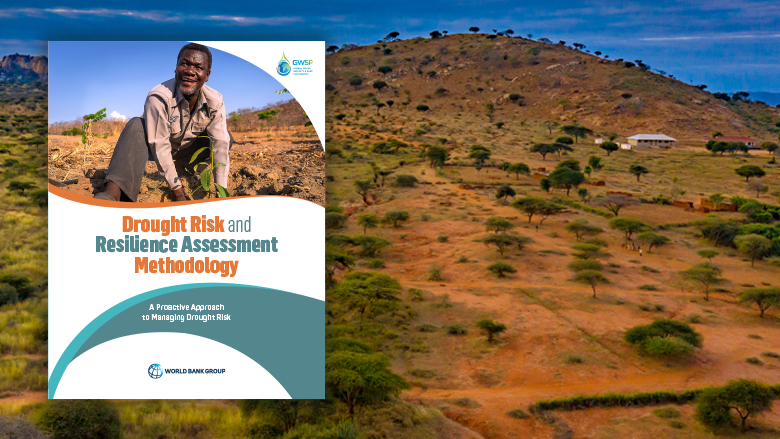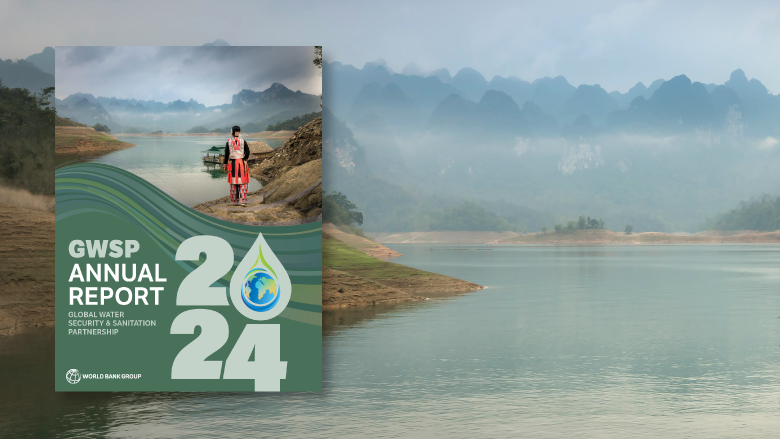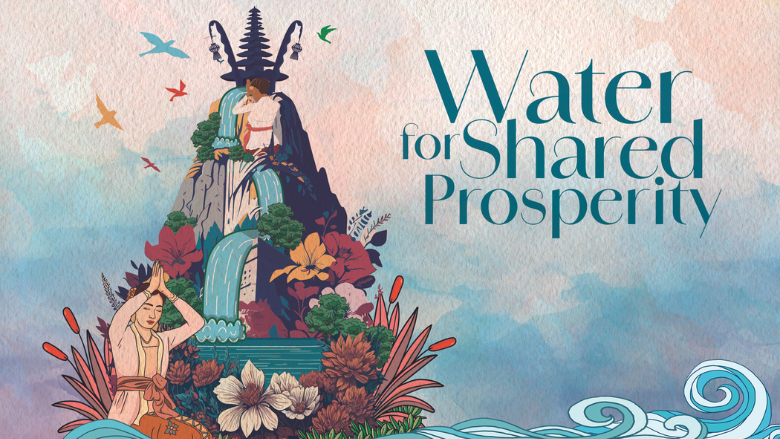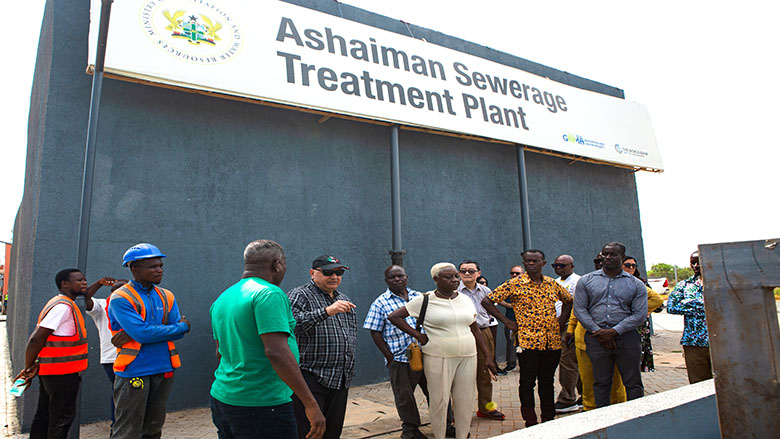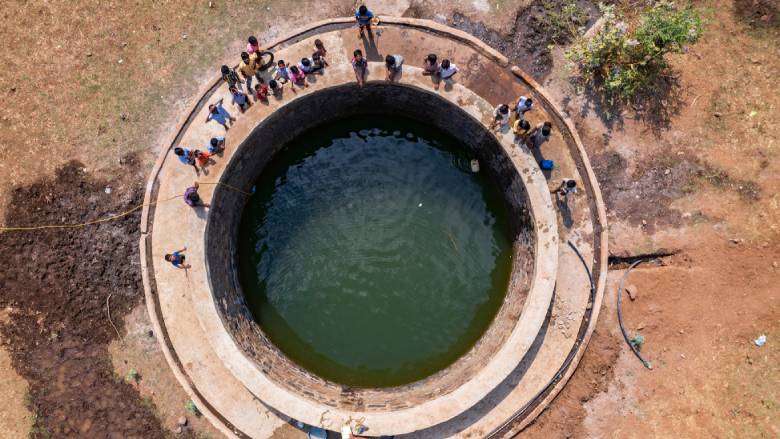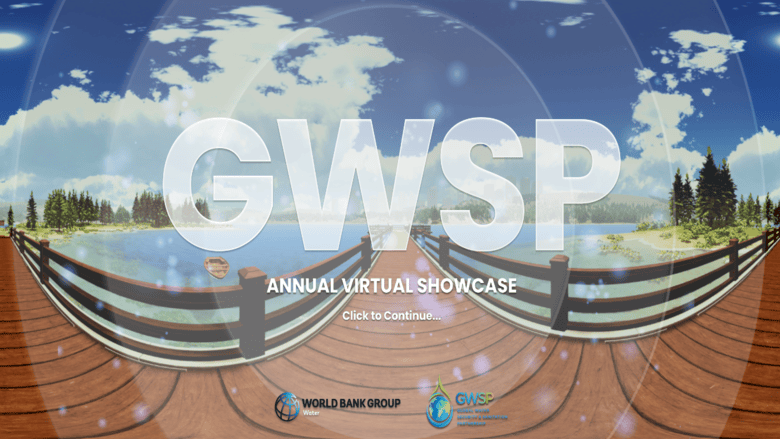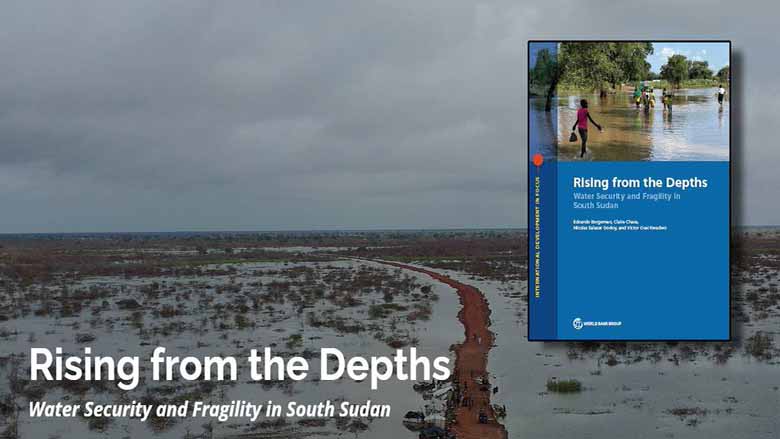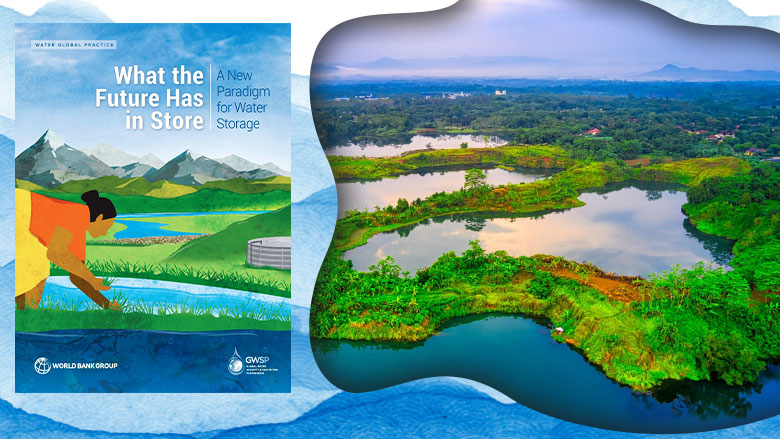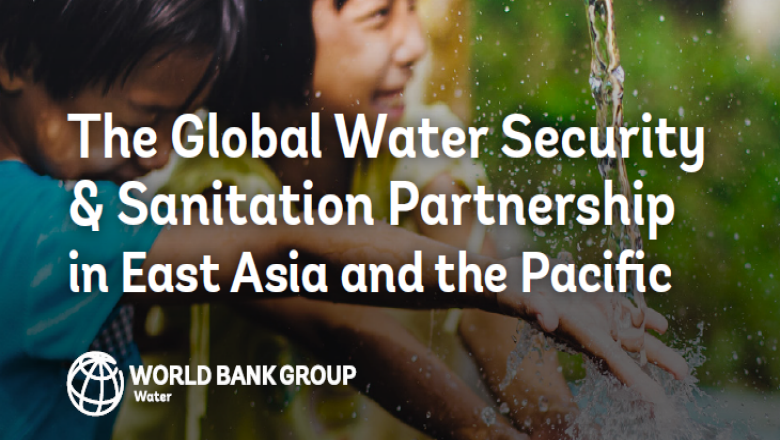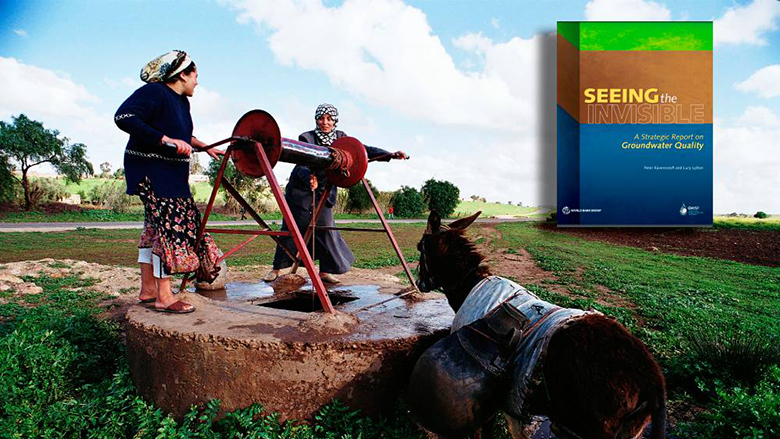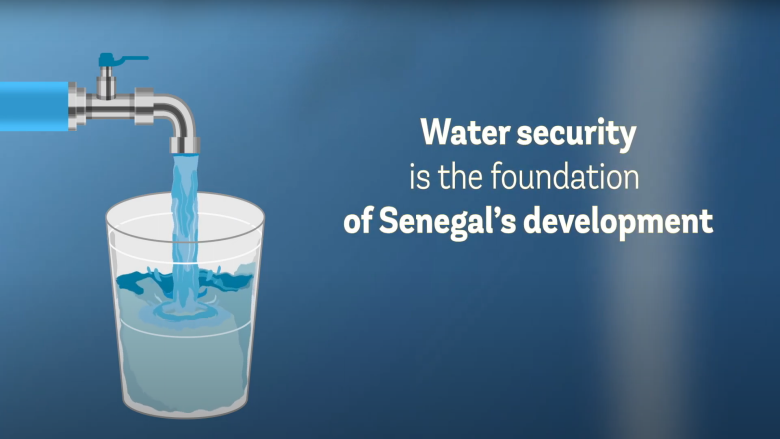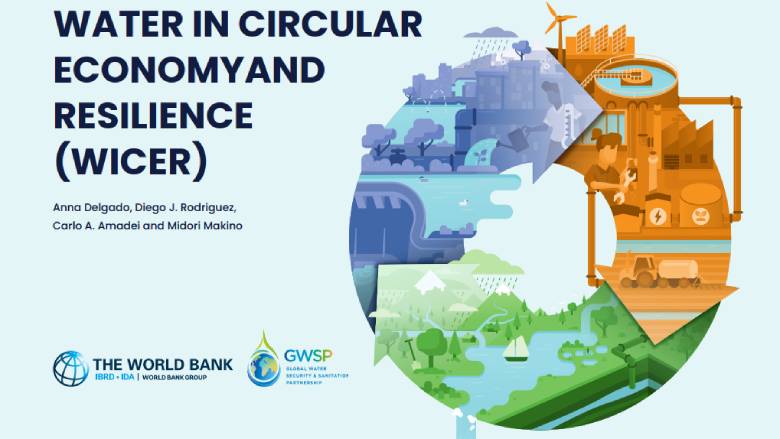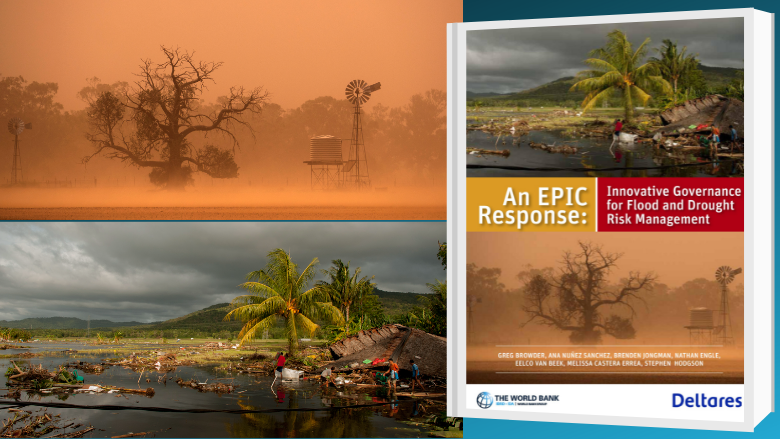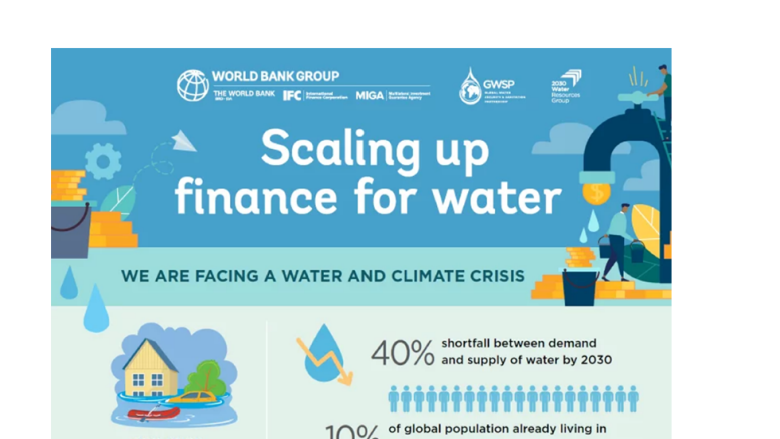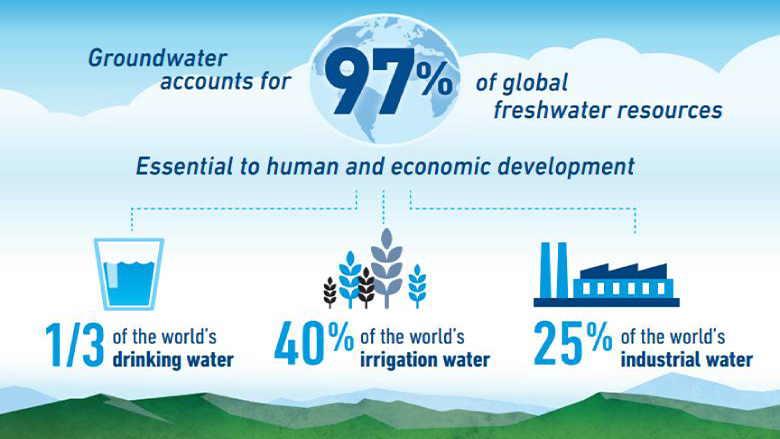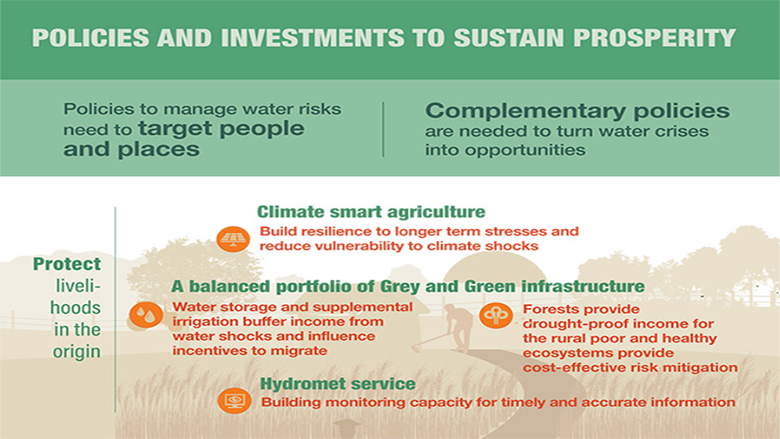
GLOBAL WATER SECURITY & SANITATION PARTNERSHIP (GWSP):
A platform for knowledge, action, and collaboration.

Knowledge Highlights
A catalog with a selection of reports, case studies and toolkits produced by GWSP and the Water Global Practice.

ENSURING A WATER-SECURE WORLD FOR ALL:
GWSP is on a mission to deliver practical and innovative solutions.
FEATURED
Women Entrepreneurs Lead on Menstrual Health in Bangladesh
What if talking about menstrual health wasn't a taboo, but a path to purpose, profit, and public health? In rural communities across Bangladesh, dedicated champions quietly driving change.
Drought Risk and Resilience Assessment Methodology
The World Bank’s Drought Risk and Resilience Assessment Methodology (DRRA) is a framework for action that can help governments proactively address drought risks. Drawing on international best practice in drought management, it outlines practical measures to build resilience at every stage of the drought cycle.
GWSP 2024 Annual Report
Over the past seven years, GWSP has built a robust framework for advancing water management through extensive knowledge development, data, and implementation tools. In Fiscal Year 2024, the Partnership made significant contributions to water security initiatives, with a focus on climate adaptation, financial viability, and gender equity in the water sector.
Water for Shared Prosperity
The report highlights the global inequalities in water access and recommends pro-poor and inclusive interventions to improve water security and strengthen climate resilience while reducing poverty and boosting shared prosperity.
Funding a Water Secure Future
The report quantifies for the first time how much governments spend on water and the size of the financing and funding gaps that must close to meet people's needs.
Transformative Partnerships for Water Security
Partnerships are the bedrock of a water-secure future. They provide opportunities and a framework for sharing knowledge, mobilizing funding, and providing technical assistance.
The Hidden Wealth of Nations: Groundwater in Times of Climate Change
Groundwater is our most important freshwater resource, but the lack of systematic analysis of its economic importance has evaded attention from policymakers and the general public–threatening the resource. The Hidden Wealth of Nations: The Economics of Groundwater in Times of Climate Change report offers new data and evidence that advances understanding of the value of groundwater, the costs of mismanagement, and the opportunities to leverage its potential.
Virtual Tour
A comprehensive report on how GWSP advances results in water and sanitation.
Water Security and Fragility: Insights from South Sudan
How can fragile countries like South Sudan better harness water’s potential to sustain development and stability? A new World Bank report “Rising from the Depths: Water Security and Fragility in South Sudan” highlights five priorities that could make a difference.
What the Future Has in Store: A New Paradigm for Water Storage
What the Future Has in Store: A New Paradigm for Water Storage is an urgent appeal to practitioners at every level, both public and private, and across sectors, to come together to champion integrated water storage solutions—natural, built, and hybrid—to meet a range of human, economic, and environmental needs for the twenty-first century.
The Global Water Security & Sanitation Partnership in East Asia and the ...
East Asia and the Pacific is a highly diverse region. It ranges from the world’s most populous country, China, to the small Pacific Island states. There is similar breadth in the challenges for the water sector. Rapid population growth, urbanization, and economic development are increasing demand for water as supply is becoming less reliable.
Seeing the Invisible: A Strategic Report on Groundwater Quality
Seeing the Invisible, and its companion, A Practical Manual on Groundwater Quality Monitoring, not only provide a detailed description of the types and nature of contaminants in groundwater, but also the tools and resources for their measurement and long-term monitoring, and techniques to protect the resource from being contaminated in the first place.
Water Security in Senegal: Challenges and Recommendations
Water security is the bedrock of Senegal’s development and key to its socio-economic development goals. Deteriorating water resources and an inadequate institutional framework, however, are threatening both the country’s water security and economic growth.
Water in Circular Economy and Resilience (WICER)
The Water in Circular Economy and Resilience (WICER) report presents a paradigm shift from linear thinking in the way we plan, design, and operate water infrastructure in urban settings towards a circular and resilience approach.
Ebb and Flow: Water, Migration, and Development
The Ebb and Flow: Water, Migration, and Development explores the link between water and migration, and the implications for economic development.
Innovative Governance for Flood and Drought Risk Management
An EPIC Response Framework shows how national governments can holistically manage floods and droughts: There are twelve fundamental building blocks to an EPIC Response, as explained in the report.
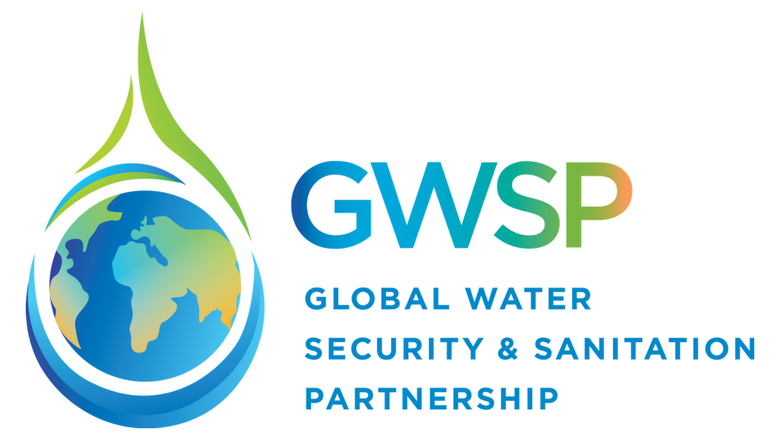
About the Partnership
Multimedia

Ripples of Hope
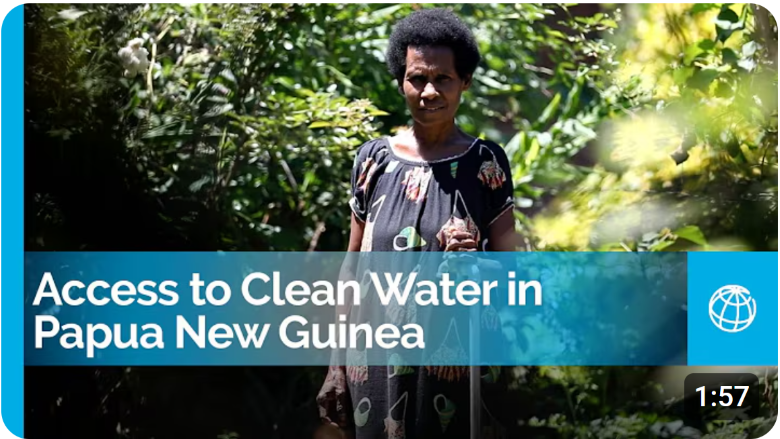
Papua New Guinea: Access to Clean Water Improves Opportunities for Women and Girls

Jordan: Tackling the Efficiency of the Water Sector
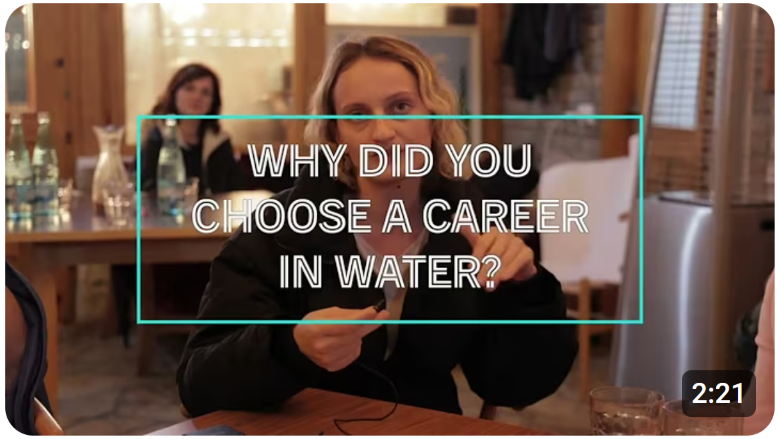
Voices of Future Young Water Leaders
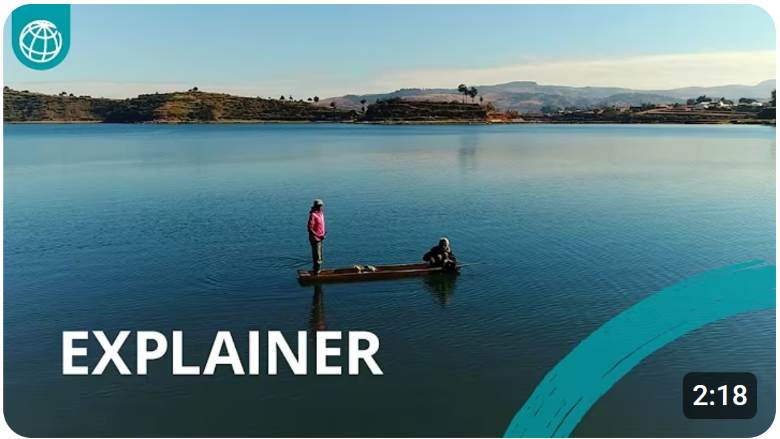
Water for Shared Prosperity: The Connection Between Water and Inclusive Growth

Improving Urban Sanitation in Ethiopia: Wastewater Treatment Plant and Water Quality Lab
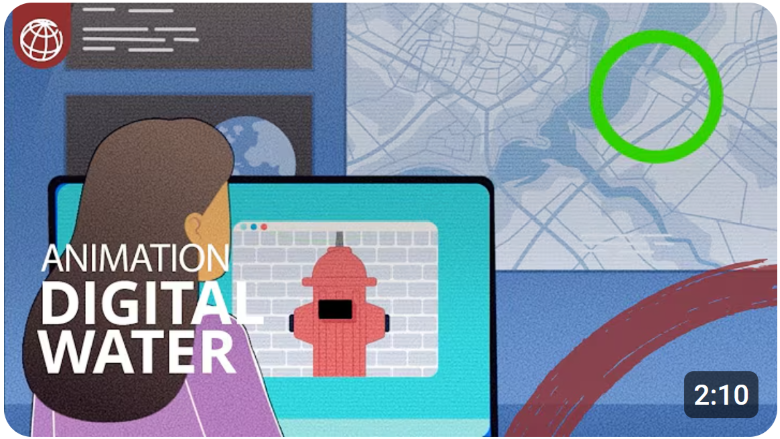
Digital Water: Supporting Water Supply and Sanitation Utilities in Their Digital Journey
Scaling Up Finance for Water
Groundwater: Vital but Invisible
Policies and Investments to Sustain Prosperity
CONTACT
Water Global Practice, The World Bank.
1818 H Street NW, Washington D.C. 20433, USA

